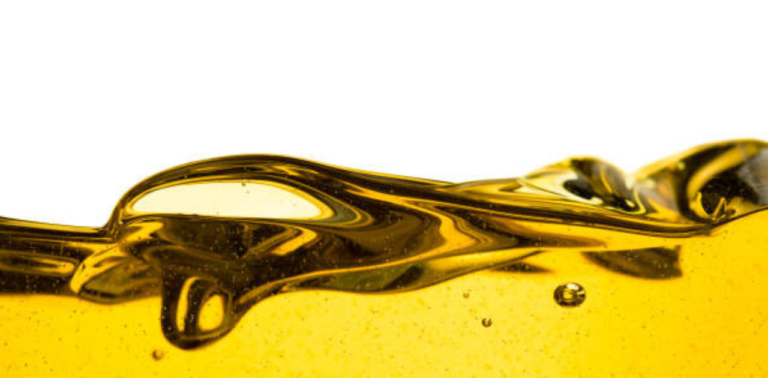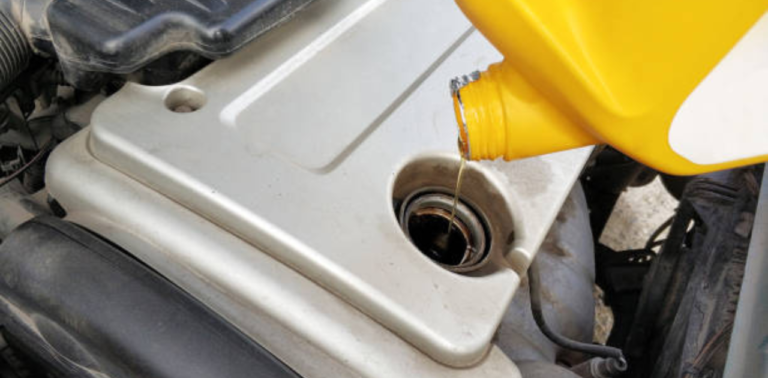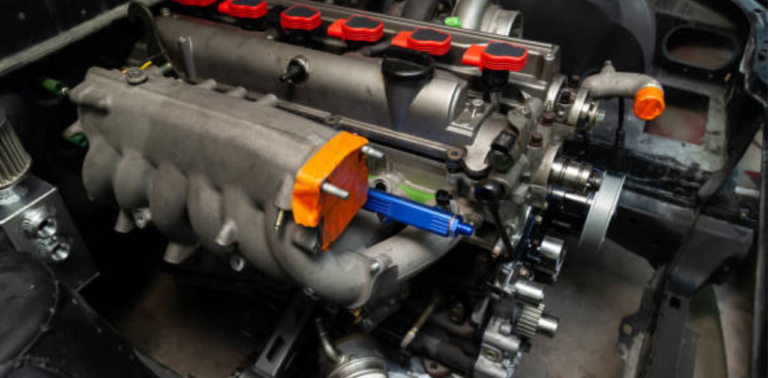How Much Time Can I Drive With Zero Oil Life If My Oil Indicator Is On?
We’ve all been there – that ominous moment when your car’s oil indicator starts flashing, warning you that it’s time for an oil change. The big question on your mind: How much time can you actually drive with zero oil life? In this article, we’ll delve into this query, exploring crucial factors like oil grade, fuel economy, the impact of hot weather, and the often debated topic of using 0w40 instead of 10w40.
Oil Grade: Choosing the Right Elixir for Your Engine
The first crucial element to consider is the oil grade. Your vehicle’s engine demands a specific type of oil to function optimally. The Society of Automotive Engineers (SAE) has established a grading system that indicates the oil’s viscosity at different temperatures. For instance, 10w40 signifies that the oil has a viscosity of 10 in cold temperatures and 40 in hot conditions.
Fuel Economy: The Heartbeat of Your Vehicle
Your car’s fuel efficiency is intimately linked with its oil health. As the oil ages and loses its effectiveness, your engine has to work harder, leading to decreased fuel efficiency. Neglecting the oil change indicator could result in more frequent trips to the gas station and a dent in your wallet.

Hot Weather: Adding Heat to the Equation
Hot weather can be brutal on your engine, especially if the oil is past its prime. As temperatures rise, the oil’s viscosity decreases, hampering its ability to lubricate the engine components adequately. This makes it crucial to heed the oil change indicator, especially during the scorching summer months.
Can You Use 0w40 Instead of 10w40? The Viscosity Conundrum
Now, let’s tackle the ongoing debate about using 0w40 instead of 10w40. The ‘w’ in these grades stands for winter, and the numbers denote the oil’s viscosity at low and high temperatures. While both oils are designed for similar applications, using 0w40 in place of 10w40 might not be suitable for all engines. Always consult your vehicle’s manual and consider factors like climate and driving conditions before making the switch.

Viscosity: The Silent Player in Engine Health
Viscosity, often overlooked but crucial, refers to the oil’s resistance to flow. It’s a defining factor in how well the oil can lubricate the engine. Low viscosity oils like 0w40 flow more easily in cold temperatures, providing quick engine startups, while higher viscosity oils like 10w40 are better suited for hot climates. Striking the right balance is essential for optimal engine performance.
Conclusion:
Understanding how much time you can drive with zero oil life is not just about watching the indicator but comprehending the intricacies of oil grades, fuel economy, and the impact of hot weather. Additionally, the decision to use 0w40 instead of 10w40 should be informed by your vehicle’s specifications. Remember, a well-maintained engine is a happy engine, ensuring a smoother, more efficient ride for miles to come.

Frequently Asked Questions
How long can a car run on zero oil life?
Running a car with zero oil is a perilous situation that should be avoided at all costs. In fact, it’s not advisable to operate a vehicle without sufficient oil. The engine relies on oil to lubricate its moving parts, reduce friction, and dissipate heat. Without oil, these components can grind against each other, leading to severe damage. In practical terms, running a car with zero oil is a recipe for engine failure, and the duration before catastrophic damage occurs can be remarkably short, often measured in minutes rather than hours or days.
How far can you drive on 0% oil life?
The 0% oil life indicator is a clear signal that the oil in your vehicle has exceeded its effective lifespan and is no longer providing adequate protection to the engine. While some modern vehicles are equipped with advanced engine management systems that can compensate for degraded oil to a certain extent, it’s not recommended to push your luck. Continuing to drive with zero oil life is essentially driving with compromised engine protection. The distance you can cover under these conditions is unpredictable, and the risk of severe engine damage increases with every mile.

What happens when your car has no oil life?
When your car reaches zero oil life, it indicates that the oil is no longer effectively lubricating and protecting the engine. As you continue to drive in this state, the engine components will experience increased friction and heat. This can lead to accelerated wear and tear, decreased fuel efficiency, and, ultimately, engine failure. The consequences of driving with no oil life can range from a diminished engine lifespan to a complete breakdown, necessitating costly repairs or even engine replacement.
What’s the lowest oil life you can drive on?
While some drivers may be tempted to push their oil change intervals to the limit, it’s crucial to prioritize the health of your vehicle. The lowest oil life you can reasonably drive depends on various factors, including your driving habits, the type of oil used, and your vehicle’s specifications. However, it’s generally advisable not to go below 15-20% oil life. Waiting until the last moment can jeopardize your engine’s well-being and result in increased maintenance costs in the long run.






